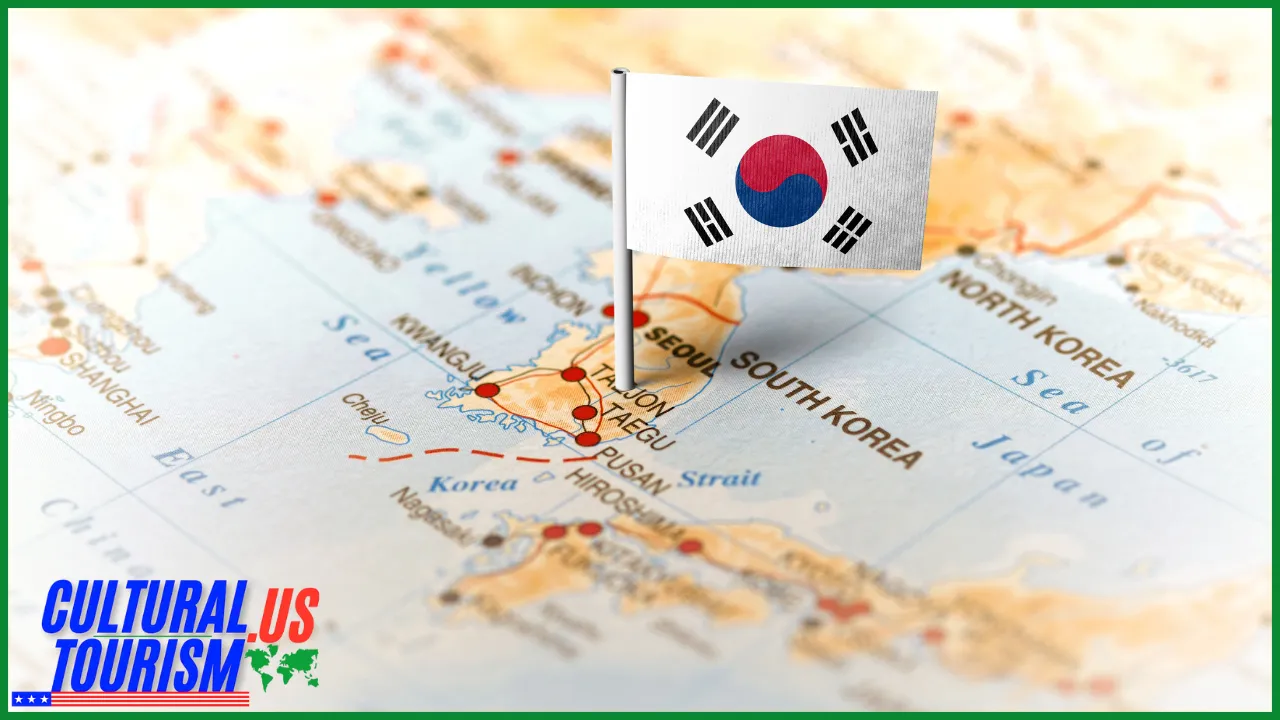Diving into the Rhythms of Traditional Korean Drumming
Well, if you’re reading this, it’s because you know that understanding traditional Korean drumming is as important as knowing how to pronounce «Kimchi» correctly on your next visit to Korea. Seriously, it’s not just about the beats and rhythms; it’s about culture, history, and a whole lotta fun! So grab a seat, maybe a cup of some fancy green tea, and let’s dig into this vibrant world full of sounds that’ll make your feet tap and your heart race!
A Quick History Lesson
Before we start banging on some drums, let’s take a quick stroll down memory lane. Traditional Korean drumming, known as «buk,» has been around for centuries—think of it as Korea’s equivalent to disco nights at the local club, but with a lot more meaning and zero hangovers! It’s closely tied to various Korean festivals and rituals, each rhythm and beat telling a story. From weddings to harvest festivals, drumming is at the heart of Korean celebrations.
Key Drumming Styles
- Samulnori: This is the K-pop of traditional drumming! A lively, ensemble drumming style featuring four key instruments: the buk (drum), jing (gong), kkwaenggwari (small gong), and changgo (hourglass drum).
- Pungmul: Imagine a lively parade with colorful costumes! This style is deeply rooted in agricultural communities and includes dance movements that have you wondering why you don’t see more of your friends busting similar moves at weddings.
- Ganggangsullae: This isn’t just a drum; it’s an entire cultural experience! Women gather under a full moon to dance and drum, celebrating fertility and community.
Let’s Break Down the Drumming Process
If you wanna give it a whirl, here’s how to start your journey into the world of Korean drumming!
Step One: Choose Your Drum
Not all drums are created equal! Here’s a quick table to help you pick:
| Drum Type | Best For | Fun Fact |
|---|---|---|
| Buk | Beginners | It’s the most common drum in Korea! |
| Changgo | Those with some rhythm! | It can be played with several techniques! |
| Jing | Adding a whole new layer of sound | It’s essentially a giant cymbal! |
Step Two: Learn the Basic Techniques
Time to channel your inner rock star! Here are some techniques to get you started:
- Sticking: Proper grip is key! Try holding the stick like it’s your favorite mug—firm but not too tight.
- Beats: Start with simple patterns. Think “one-two, one-two” until you sound less like a confused raccoon and more like a pro.
- Rhythm: Practice makes perfect. Consider this your workout, and remember—no pain, no gain!
Common Pitfalls to Avoid
Even the best drummers were once newbies! Here’s what not to do:
- Skipping the warm-up: You wouldn’t run a marathon without stretching, right? So give your wrists some love.
- Overthinking: Just feel the rhythm! Trust me, it’s way more fun than trying to remember every single technique.
- Forgetting the cultural significance: Drumming isn’t just a hobby; it’s a traditional art form! So try to get in touch with the history.
Extra Tips to Level Up Your Skills
If you want to take your drumming from “meh” to “wow, did you see that?” try these:
- Join a local drumming group! Imagine the friends you’ll make and the epic jam sessions to come.
- Practice with music. Nothing gets you in the groove like your favorite K-pop hits in the background!
- Attend a workshop. Meet seasoned pros who can impart wisdom while you’re just trying not to embarrass yourself.
A Final Beat
So there you have it! Traditional Korean drumming is not just singing along with the rhythm; it’s about cultural immersion and community connection. If you ever find yourself in Korea, don’t miss a chance to catch a live performance! And if this article helped you, feel free to share it with friends. Who knows? You might just inspire someone to start their own drumming journey!
Essential Tips for Your Korean Adventure
Hey there, future traveler! Before you grab your drumsticks and head off to Korea, here are some juicy tidbits that didn’t make it into the article but might just save your trip from a drumroll of disaster:
| Tip | Description |
|---|---|
| Currency | South Korea uses the Korean Won (KRW). Remember, unless you’re a wizard, it’s best to have some cash on hand! |
| Time Zone ⏰ | South Korea is in the Korea Standard Time zone (KST), which is UTC+9. Yes, they’re always ahead of you! |
| Weather ️ | Expect four distinct seasons. Think sweaty summers , chilly winters ❄️, and a delicate balance of beauty in autumn and spring ! |
| Transport | The public transport system is as extensive as your fridge after grocery shopping. Buses and subways are cheap, efficient, and super user-friendly! |
| Language Skills ️ | While you’ll find many who speak English, a little Korean can go a long way. «Annyeonghaseyo» (Hello) will always win you a few smiles! |
| Local Cuisine | Don’t just stick to Kimchi—explore beyond! Try Bibimbap and Gimbap. Your taste buds will thank you later! |
| Packing Essentials | Pack light, but don’t forget comfy shoes. Your feet will thank you after all that walking and dancing. |
| Sims City Side Note | Don’t be shy about joining the locals in karaoke! It’s an adventure you deserve—and remember, every great drummer started somewhere! |
So there you have it! Now you’re all set to embark on an unforgettable Korean journey filled with rhythm, culture, and a dash of mischief. Safe travels, my friend!





